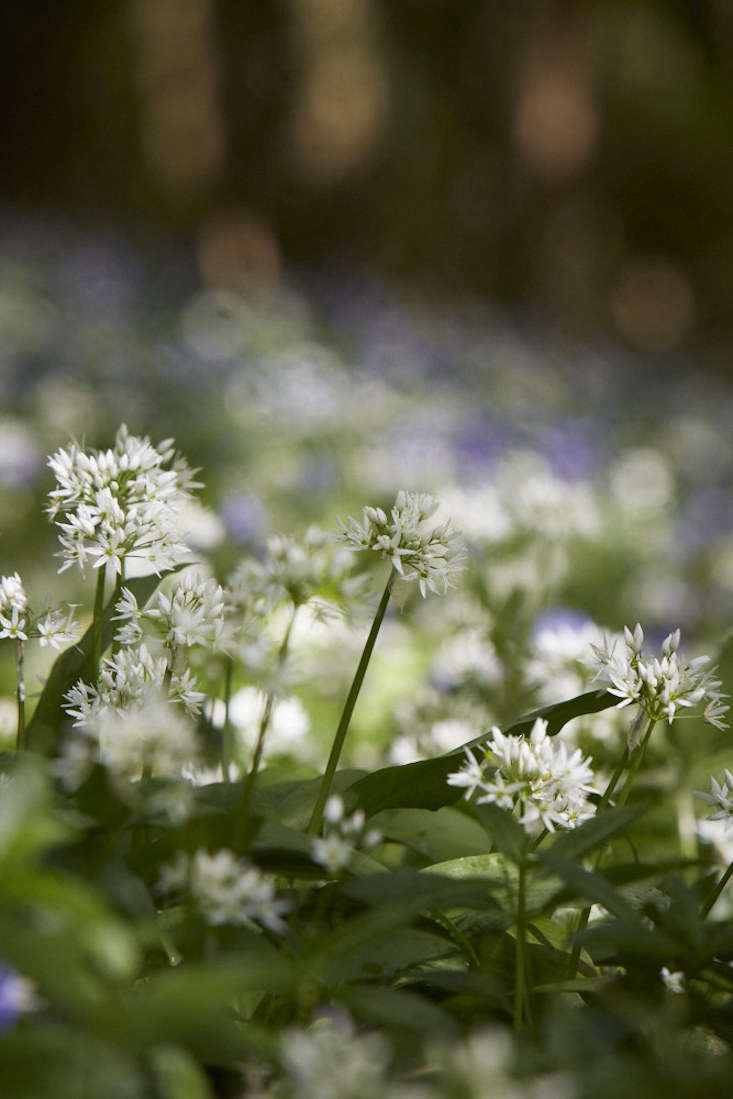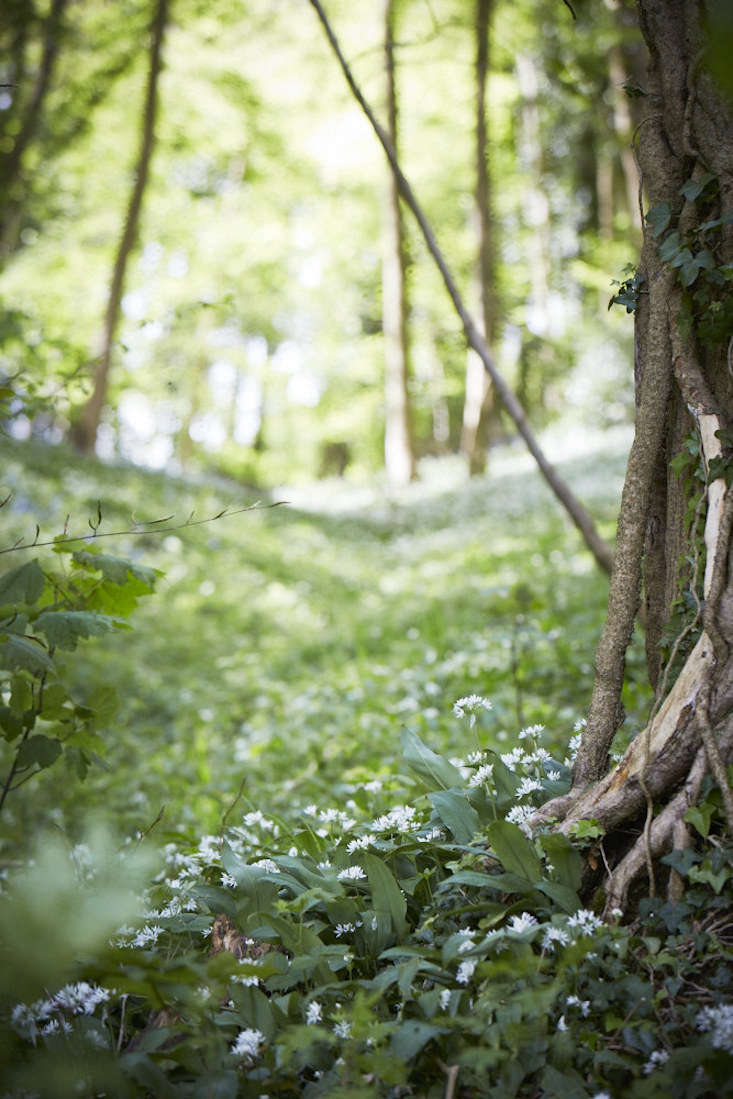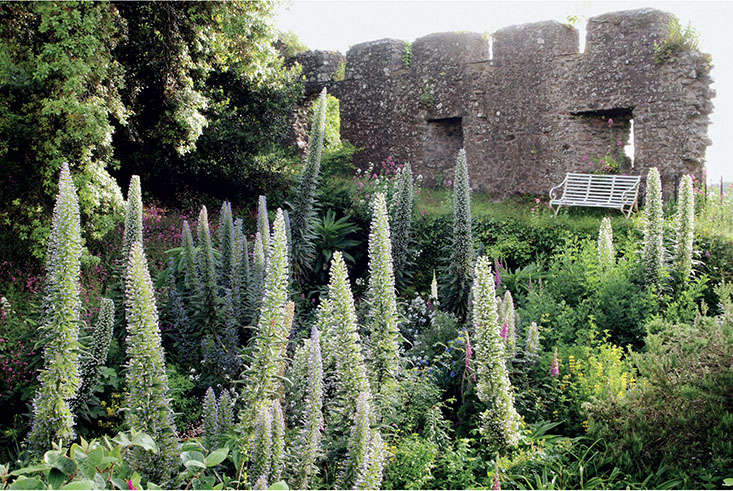The English bluebell is endangered, and this is a pity. Even if you have never visited during bluebell season (in March) and even if you have not seen the Merchant Ivory version of Howard’s End (circa 1992) in which a tormented Howard Bast wades knee-deep through a wood that “dripped glimmeringly” with the flowers, one glimpse is all it takes to arouse a sense of outrage at the thought of losing this most charming of spring flower:
Photography by Britt Willoughby Dyer.
Above: The problem is the pernicious Spanish bluebell (not pictured!), a feckless hybridizer that overpowers the true English bluebell, Hyacinthoides non-scripta. Widely sold, the Spanish bluebell takes over territory previously held by the English bluebell.
Why is this a problem? The English bluebell is delicate, perfumed, and genetically engineered to create a deep blue carpet in shady woodlands. See:
Above: Our newest photography contributor, Britt Willoughby Dyer, visited Standish Wood in Gloucestershire to capture the glory of English bluebells in high season. The mix of blue and white your see here is the result of wild garlic, which appears in April to take over from bluebells after they’re spent.
Above: Wild garlic is a happy companion for bluebells—similar in scale and a naturalizer that’s happy to share the woods with bluebells.
Above: The UK’s National Trust keeps a list of the best spots to spot English bluebells; see the list at Bluebell Woods Near You.
Above: Standish Wood, currently owned by the National Trust, some centuries ago belonged to the Baron of Sherbourne. The first Lord Sherbourne was James Dutton (for whom the title was created in 1784) and the last was Ralph Dutton, who died in 1985.
Above: By April, the blue will give way to snowy white in the woods.
Above: Ferns, another harbinger of spring, spring up among the wild garlic.
Above: If you would like to visit Standish Wood this spring (who wouldn’t?), see more information and visiting hours at Haresfield Beacon and Standish Wood.
Finally, get more ideas on how to successfully plant, grow, and care for english bluebell with our English Bluebell: A Field Guide.
Interested in other bulbs and tubers for your garden or indoor space? Get more ideas on how to plant, grow, and care for various bulbs and tubers with our Bulbs & Tubers: A Field Guide.
Finally, get more ideas on how to plant, grow, and care for various perennial plants with our Perennials: A Field Guide.




















Have a Question or Comment About This Post?
Join the conversation (1)